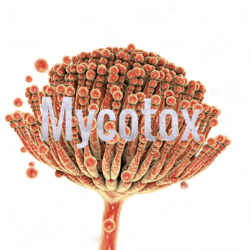Actinobacteria are a fascinating group of microorganisms that play crucial roles in our environment and have significant impacts on human health and industry. Let’s dive into what makes these bacteria so unique and important.
What are Actinobacteria?
Actinobacteria are a diverse phylum of Gram-positive bacteria characterized by their high guanine and cytosine (G+C) content in their DNA, typically ranging from 55% to 75%. These microorganisms are ubiquitous, found in both terrestrial and aquatic ecosystems, and are known for their ability to form branching filaments or mycelia, reminiscent of fungi.
Key Characteristics
- Morphology: Actinobacteria can be rod-shaped or filamentous, often forming branched structures that resemble fungal mycelia.
- Cell Wall: They possess a thick peptidoglycan layer, typical of Gram-positive bacteria.
- Spore Formation: Many Actinobacteria can produce spores, enhancing their survival in harsh conditions.
- Metabolism: Most are aerobic, though some can be facultatively anaerobic.
- Growth: They typically have a slower growth rate compared to many other bacteria.
Ecological Importance
Actinobacteria are vital components of soil ecosystems. They contribute significantly to the decomposition of organic matter, playing a crucial role in nutrient cycling and soil fertility. Some species, like those in the genus Frankia, form symbiotic relationships with plants, aiding in nitrogen fixation.
Medical and Industrial Significance
Perhaps most famously, Actinobacteria are known for their ability to produce a wide range of secondary metabolites, including:
- Antibiotics (e.g., streptomycin produced by Streptomyces species)
- Antifungal compounds
- Anticancer agents
- Anthelmintic (anti-worm) substances
In fact, Actinobacteria are responsible for producing about two-thirds of all naturally derived antibiotics in current clinical use.
Interpretation
From their unique morphology to their crucial ecological roles and their immense importance in medicine and biotechnology, Actinobacteria stand out as a remarkable group of microorganisms. Their study continues to yield new insights and applications, making them a subject of ongoing interest in microbiology, ecology, and biotechnology.


